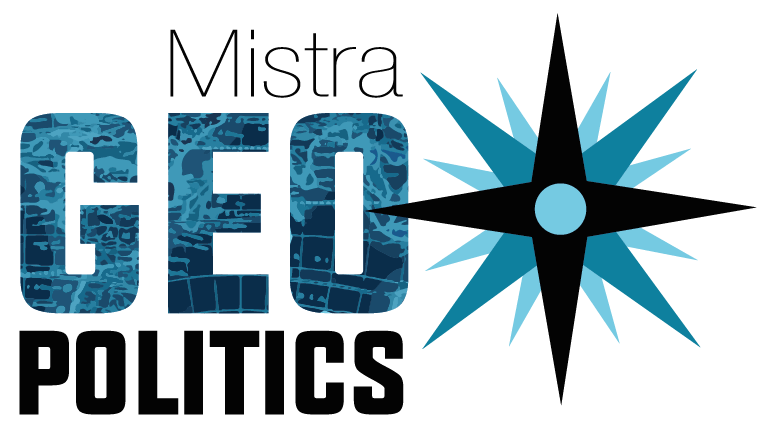This website uses cookies so that we can provide you with the best user experience possible. Cookie information is stored in your browser and performs functions such as recognising you when you return to our website and helping our team to understand which sections of the website you find most interesting and useful.
Diversity in global environmental scenario sets
Summary
In this journal article, Henrik Carlsen and Sara Talebian from Stockholm Environment Institute, and Simona Pedde and Kaspar Kok from Wageningen University in the Netherlands aim to quantify and analyse the diversity of global scenario sets, and utilize this analysis to guide the development of future scenario sets.
They identify that scenario builders using today’s most common approaches don’t know whether the scenario set they develop is diverse or not. A framework for closing part of that knowledge gap is provided by adding the requirement that scenario sets should be diverse and providing a method for operationalizing it in the scenario building process.
The article is published in Global Environmental Change

The Importance of Scenarios
Scenario development and analysis is a critical methodological approach in the assessment of global environmental change. Scenarios are used to assess climate change impacts on societies, economies, and ecosystems, and thus help identify, test, and improve policy responses to manage the negative consequences of a changing environment. Evaluation of scenarios, especially those global scenarios which are widely used in the climate research and policy community, is therefore urgently needed. While the quality and usefulness of individual scenarios have been extensively examined through a wide array of criteria, standards for systematic evaluation of scenario sets are only emerging.
Scenario diversity (i.e., the diversity between individual scenarios in a set) has been advanced as a measure of quality assessment. In this paper, the authors use scenario diversity analysis, a systematic and transparent quantitative method, to examine six major global scenario sets. Results show that the assessed scenario sets show relatively good performance with regards to scenario set diversity. However, the use of classic methods for building scenario architectures and the number of scenarios included in a set raise important questions about the potential trade-offs between covering a bigger space of futures possibilities and adding redundancy to the scenario set.
Key messages
Conclusions
As environmental problems are often surrounded by deep uncertainty, irreversibilities and possibly huge costs, it is important to explore diverse futures when searching for robust policies. However methodological advances made within the futures studies community during the last decade have been largely ignored by the climate change research community, including scenario diversity analysis and scenario discovery. Employing more quantitative and semi-quantitative approaches when developing scenario narratives could help bridgethe methodological gap.
Citation
Carlsen, H., Talebian, S., Pedde, S., & Kok, K. (2024). Diversity in global environmental scenario sets. Global Environmental Change, 86:102839. https://doi.org/10.1016/j.gloenvcha.2024.102839.


 23/04/2024
23/04/2024

 Authors of this publication
Authors of this publication
